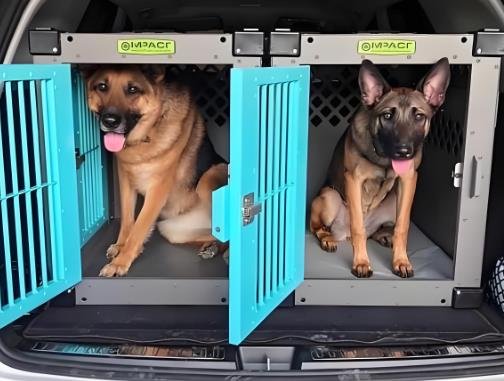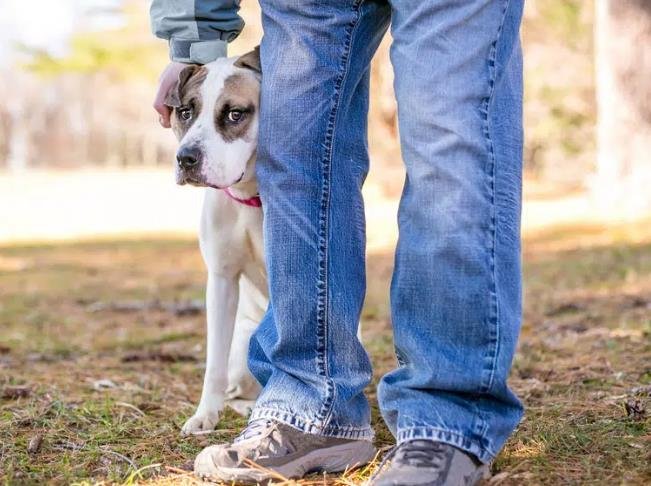Hey there! So you want to keep your pup safe on the road? Smart move – let’s chat about picking the right carrier that’s actually been put through safety checks. No fancy jargon, just real talk from one pet parent to another.
First things first – don’t trust product descriptions that just say “safe” or “sturdy.” You want proof. Look for carriers that specifically mention crash testing with actual certification numbers. My cousin learned this the hard way when her cheap carrier collapsed during sudden braking (thankfully her beagle was okay!).

Here’s the scoop: Proper safety-checked carriers will show their credentials. Check for labels like CPS Certified or mention of testing at facilities like the Center for Pet Safety. If they’re cage-style, the metal should feel heavy-duty – try pressing on the sides. If it bends easily, keep shopping.
Size matters more than you’d think! Your dog should be able to stand and turn around, but not have too much extra space. Too roomy means they’ll bounce around like a pinball during sudden stops. Measure your pup from nose to tail base and compare to the carrier’s interior dimensions.
Installation is key! Some carriers work great in SUVs but won’t fit in sedans. Look for models with multiple anchor points that connect to your car’s seatbelts or LATCH system. I made the mistake of buying one that only uses seatbelts – took me 15 minutes to secure properly every car ride!
Soft-sided vs hard shell? Both can work if properly tested. The crash-approved soft ones usually have reinforced frames and heavy-duty zippers. Hard shells often handle impacts better but check the weight – you don’t want something you can’t lift when loaded.
Pro tip: Check how the carrier positions your dog. Front-seat placement is risky due to airbags. Backseat or cargo area (in SUVs) is safer. Some models even have built-in tethers to keep the carrier from sliding.

Don’t forget comfort! Padded floors help with bumps, and mesh panels keep air flowing. My golden retriever used to pant nervously in his old carrier until I switched to one with better ventilation.
Watch out for these red flags:
- No visible certification labels
- Flimsy latches that feel like toy plastic
- Salespeople saying “all our products are safe” without proof
- Carriers that rock easily when empty
Price check: Good safety-tested carriers range 150−300. It stings, but cheaper than emergency vet bills. Look for brands like Sleepypod or Gunner that specialize in pet safety – they often have crash test videos on their websites.
Last thought: Even the safest carrier won’t help if not used right. Always secure it properly, even for short trips. And never let your dog roam free in the car – I’ve seen too many “helpful” pups jump into drivers’ laps during merges!
Got it? Your furry copilot’s safety is worth the research. What type of car do you drive? Maybe I can suggest specific models that fit well!







